"It'll be fun." She pushed the stack my direction.
And it was.
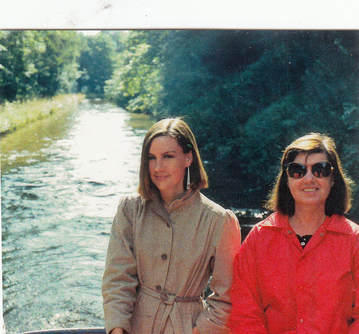 Simone & Sherrill at a quiet spot in the canal
Simone & Sherrill at a quiet spot in the canal As we moved around the London of 1986 before going on to Chester, we noticed that it had changed here and there since our previous visit on our way to France and Italy in 1978—replaced or remodeled buildings, new restaurants, construction work in progress—however, the city felt the same. During our nearly five decades of visiting London, from 1968 to 2015, Sherrill and I watched it evolve from lingering war-blackened buildings and empty lots with broken foundations to the glamour of the twenty-first century "Shard" and "Gherkin" towers, and from deserted East End warehouses to the Docklands light railway and Canary Wharf's glitzy financial towers. To us, however, it remained the comfortable, semi-shabby collection of neighborhoods that we grew fond of when we were in our twenties.
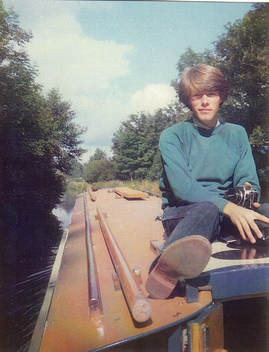 Paul on the canal boat roof
Paul on the canal boat roof We'd been sent a booklet with maps showing every twist of the canal, every road, bridge, towpath, lock, fuel and supply stop, village, and pub. Sherrill had annotated these maps from her reading and had calculated when we should get to certain points and where and when we should moor for the night. Everything was perfect except that when we picked up the boat it was raining and rained all the first day.
"Will the whole trip be like this?" we wondered mournfully, but by mid-morning on day two the sky was clear.
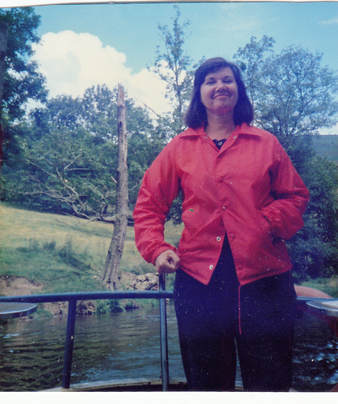 Sherrill on the Goldeneye
Sherrill on the Goldeneye "I made that loaf myself, love. Cake, too. Don't forget the jam to go with it."
How could we resist?
Sometimes, we tied up and ventured into one of the canal-side pubs for a meal and a half pint. The walls were thick and the windows small to keep out the weather, the furnishings ancient and comfortably worn and welcoming, everything in shades of brown—whatever color they may have started out. We experimented with pasties, toad-in-the hole, Scotch eggs, fish and chips, and Yorkshire pudding—even bangers and mash—plus varieties of ale and brew. We passed on blood pudding, though.
The cruising was fun, as Sherrill had promised, and the four of us were having a good time together, but as usual I worried about whatever was at hand to fuss about. Accidents and catastrophes could happen any time, from tripping and falling off the boat to earthquakes and floods. Well, maybe not an earthquake there, but something.... Traveling is dangerous, after all. Of course, these thoughts weren't rational. Sherrill refused to let me be gloomy.
"Don't worry!" she often told me, forefinger pressing against my nose. "Don't fuss!"
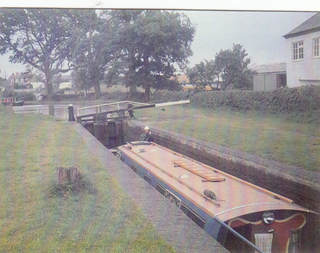 The Goldeneye in a lock
The Goldeneye in a lock Sherrill steered and I did the running back and forth, hurling myself up and down ladders, and unlocking and locking the lock gates. With all of that deadpan hopping around, it probably looked more like Buster Keaton than Charlie Chaplin—although in my heart I usually saw myself as Groucho Marx.
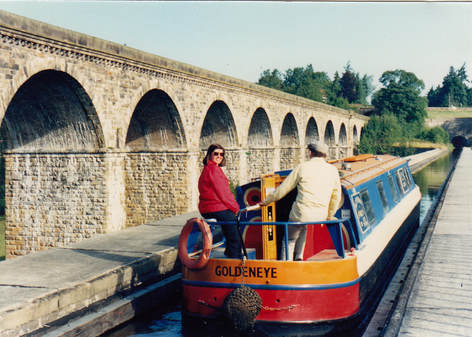 Sherrill & Bruce on the Aqueduct
Sherrill & Bruce on the Aqueduct "So," I asked her when we both stood exhausted on the deck, "now what?"
"Sew buttons your pants!" she came back at me.
One of the rejoinders that she'd picked up as a kid when she was living with her grandparents in Reno, useful in any situation when she wanted to get down to business without any more delay. She had a ready supply of them.
The highlight of our journey was the 1805 Pontcsylite Aqueduct, a skinny 19-arched brick structure that carried the canal 120 feet above the river Dee. A towpath with good railings protected us on one side, but only a few inches of cast iron on the other, which gave us the precarious sensation of floating through air. Some folks in other boats were lounging on their cabin roofs as they put-putted across, but that wasn't my idea of safe fun, despite the spectacular views. We survived the aqueduct and made our way into the town of Llangollen, where we moored and did some sightseeing, including a large half-timbered house surrounded by a handsome garden.
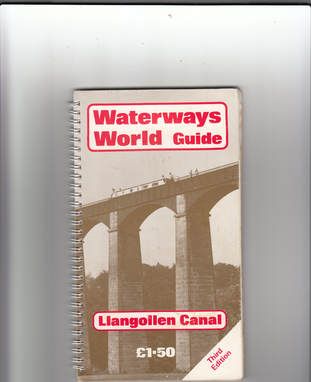
If you enjoy these posts, please share them with anyone else you think also will find them interesting. And why not explore the rest of my website, too? Just click on the buttons at the top of the page and discover where they take you—including to several complete short stories and excerpts from my novels.
You also might enjoy reading the new bargain-priced e-edition of my North Beach novel, The Night Action. It has been called the last great novel of an era. Click on the title for link. The book is available at Amazon and Barnes and Noble.
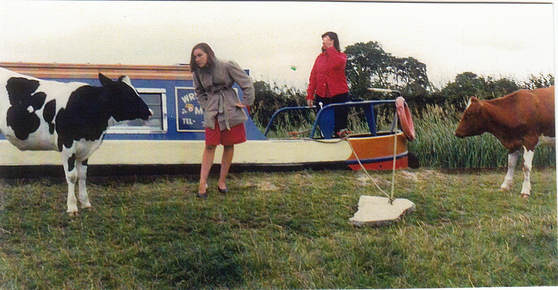
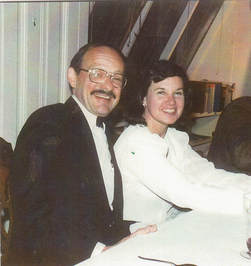
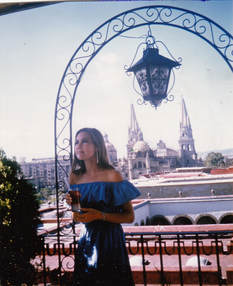
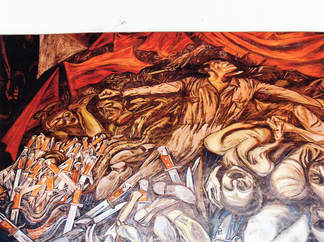
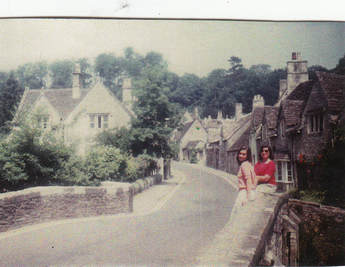
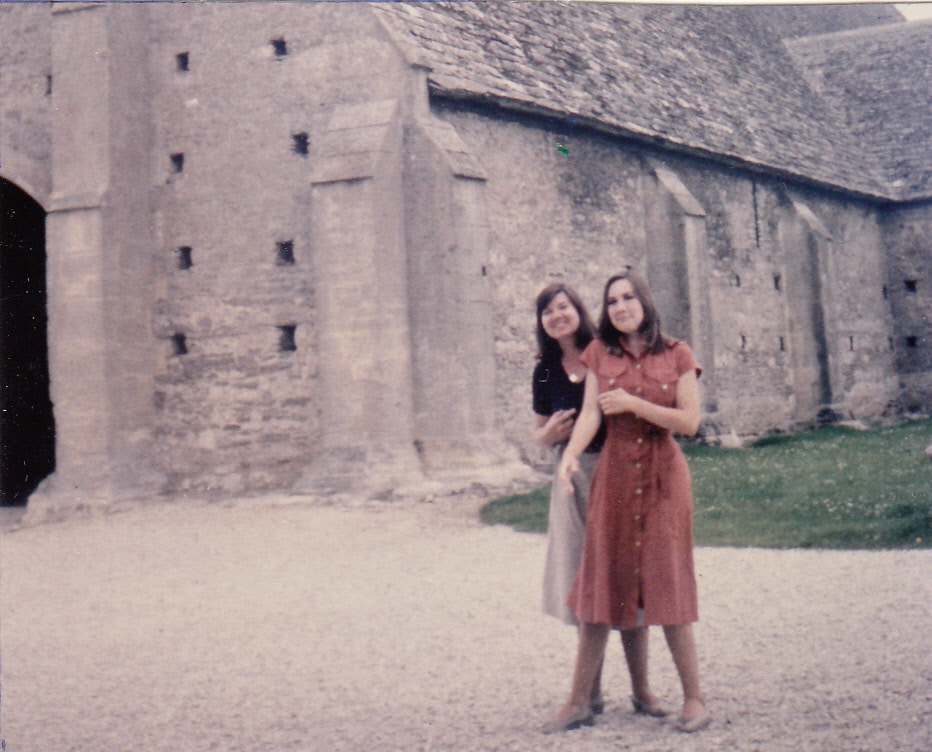
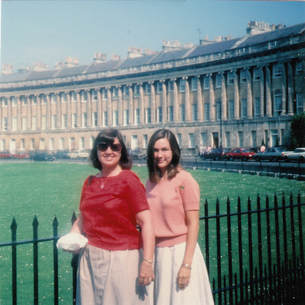
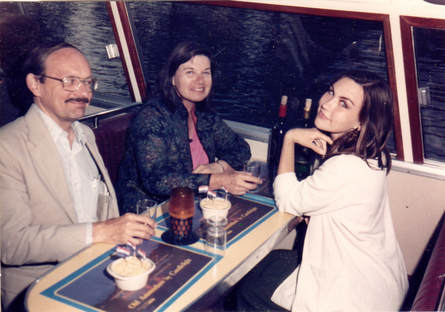
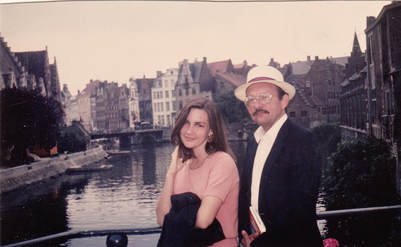
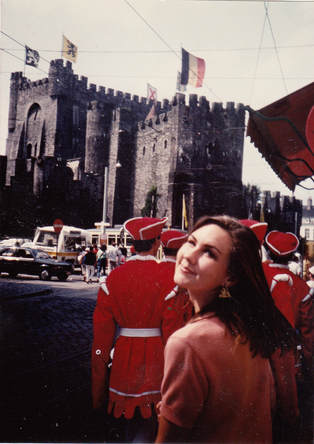
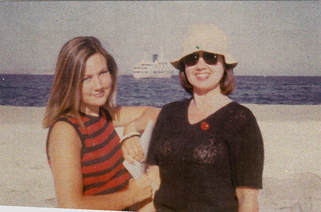
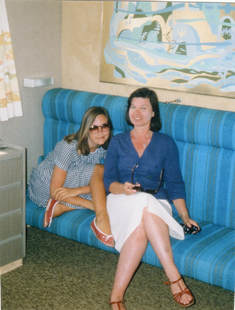
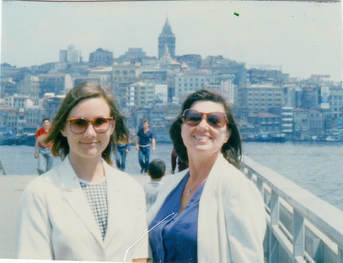
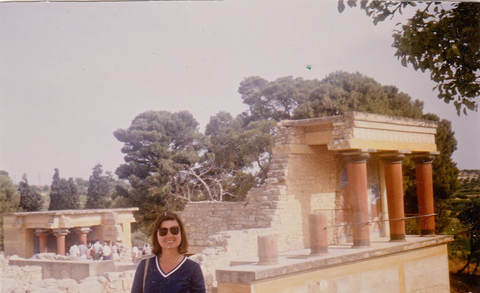
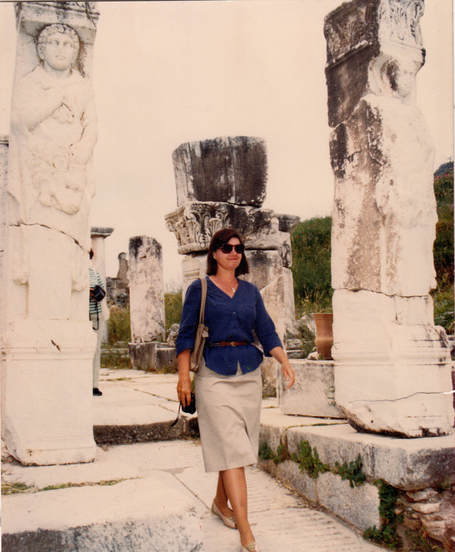
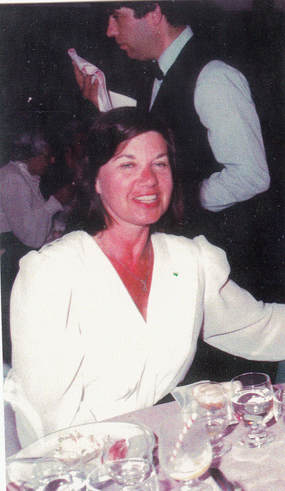
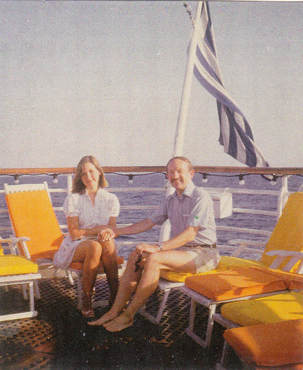
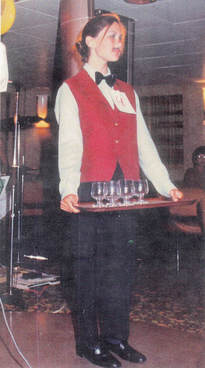
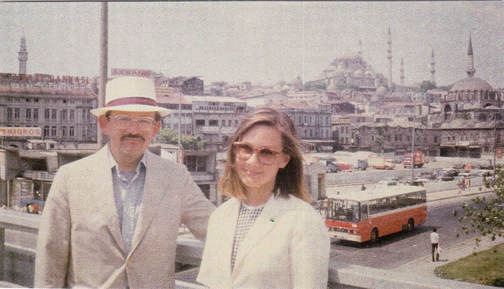
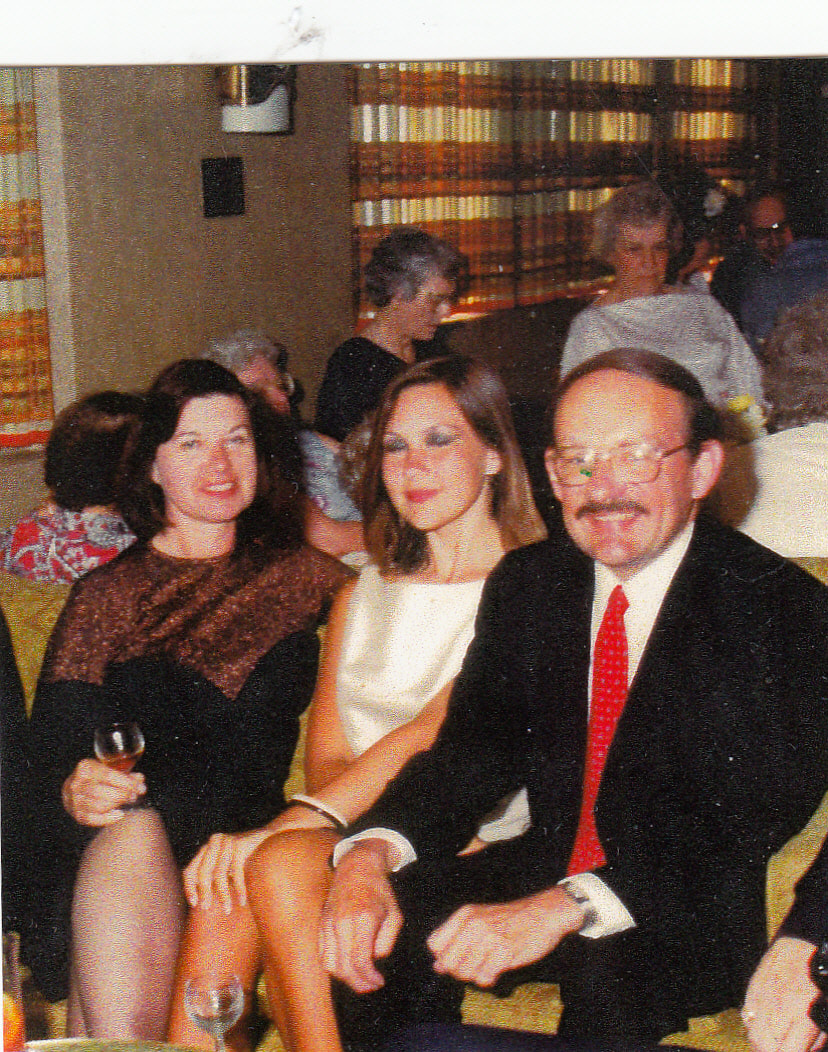
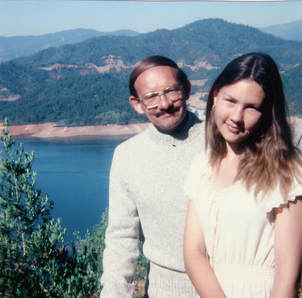
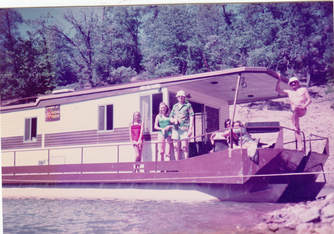
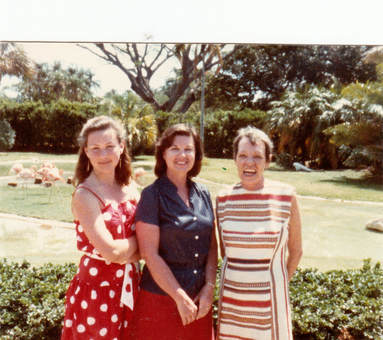
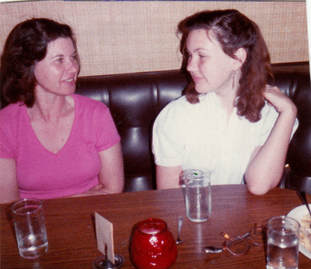
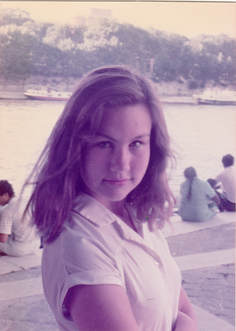
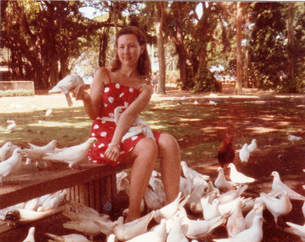
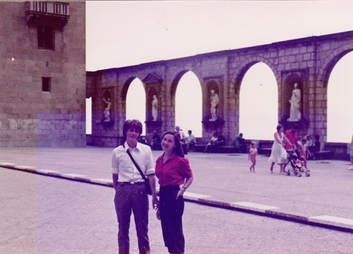
 RSS Feed
RSS Feed